#Baleares Islands
Text

" Jellyfish Dancing " //© David Antoja
#Formentera#Baleares Islands#Spain#nature#Underwater Photography#Wildlife#Marine Life#Jellyfish#photography#aesthetics#wanderlust#explore#follow#discover
251 notes
·
View notes
Text

Fornalutx, Spain (by Josh Power)
717 notes
·
View notes
Text
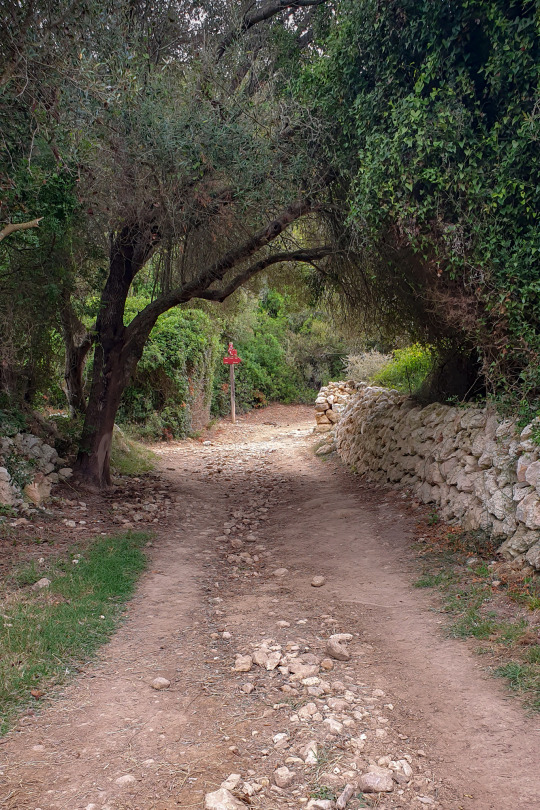
Camí de Cavalls
by sir20 for menorca-sir20
#original photographers#photographers on tumblr#photography#landscape#nature#sir20#menorca-sir20#path#hike#trekking#trek#rambles#hiking trail#hiking#menorca#spain#españa#mediterranean#mediterraneo#europe#balearic islands#islas baleares#illes balears#minorque#original photography#artists on tumblr#creators on tumblr#fine art photography#original photography blog#fotografía
184 notes
·
View notes
Text
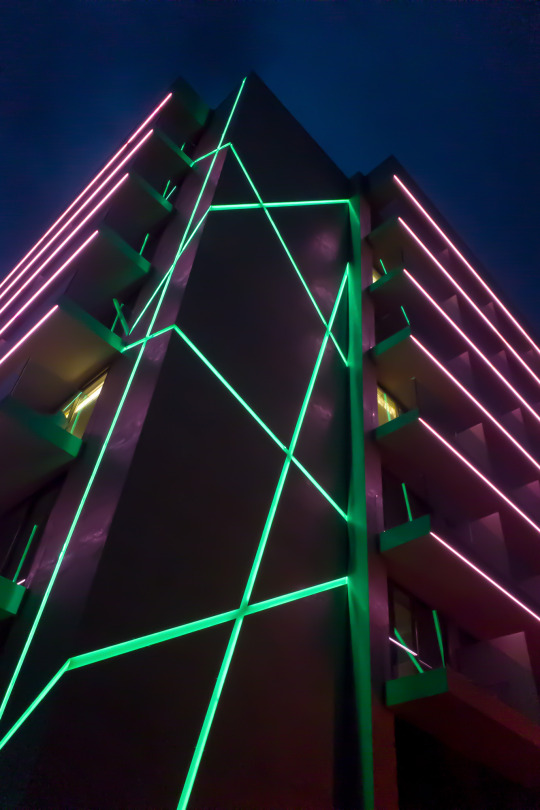
Neon vibes, Ibiza by sir20
#original photographers#photographers on tumblr#photography#design#architecture#sir20#ibiza#spain#españa#europe#balearic#balearic islands#photographie#fotografía#fotografia#fotografie#original photography#artists on tumblr#creators on tumblr#fine art photography#architectural#architecture photography#pink#green#skycraper#contemporary#contemporary art#night photography#nightlife#nightscape
216 notes
·
View notes
Text

Avril 23. Cala Deià, Mallorca.
#landscape#photographers on tumblr#original photography#lensblr#sony a6000#beach#creek#mallorca#spain#island#coast#hiking#outdoors#GR221#balearic islands#mediterranean
476 notes
·
View notes
Text

Ibiza Town & Harbour, Ibiza, Balearic Islands, Spain: Ibiza is a city and municipality located on the southeast coast of the island of Ibiza in the Balearic Islands autonomous community. Ibiza is widely known and visited for its exciting nightlife. Some of the island's most notable nightclubs include Pacha, Amnesia, Space, and Ushuaïa. These four nightclubs are regularly in the top three of DJ Magazine's annual top 100 global clubs' chart. Wikipedia
55 notes
·
View notes
Text


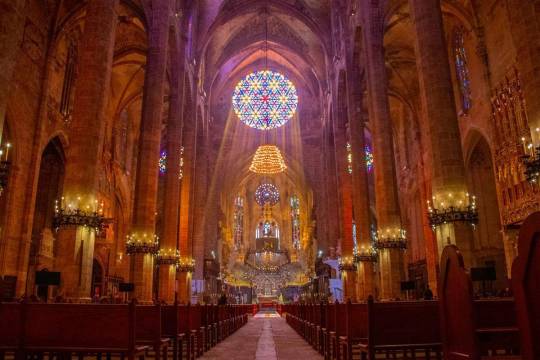
Twice a year, at sunrise, the sun light enters the cathedral of Palma (Mallorca, Balearic Islands) in the exact way that its rose window reflects on the opposite wall, right below the other rose window.
This happens on the 2nd of February (feast of Candlemas) and on the 11th of November (Saint Martin), and happens by chance, because the phenomenon was not taken into account when building the cathedral back in the 13th century. On these two days of the year, the Cathedral celebrates the "Festivity of Light" ("Festa de la Llum" in Catalan).
Palma's cathedral has the biggest rose window of all Gothic cathedrals in Europe. It's made of 1,115 stained glass pieces.
#palma#mallorca#illes balears#arquitectura#arts#rose window#architecture#art history#cathedral#travel#europe#stained glass#gothic#medieval#middle ages#travel photography#fotografia#balearic islands#wanderlust
600 notes
·
View notes
Text

Santiago Rusiñol i Prats (Spanish, 1861-1931)
Muralla verde. Sa Coma, V
170 notes
·
View notes
Text

M A L L O R C A
#mallorca#majorca#balearic#baleares#islands#islas#palma#mediterranean#mediterraneo#españa#spain#europe#europa
182 notes
·
View notes
Text




Palma de Mallorca (2) (3) (4) by James Pett
#historic buildings#fortifications#cannons#bridges#moat#balearic islands#mallorca#palma de mallorca#palma#spain#garden
40 notes
·
View notes
Text

S'Amarador, Mallorca, 08-12-23
#S'Amarador#Mallorca#08-12-23#photography#photo#photographers on tumblr#aesthetic#aesthetics#water#watercore#water aesthetic#island#illes balears#mediterráneo#mediterranean sea#seascape#boat#ship#island life#coastal#cliffs#coast#seaside#sunset#sky#clouds#ocean#oceancore#ocean aesthetic#sea
25 notes
·
View notes
Text
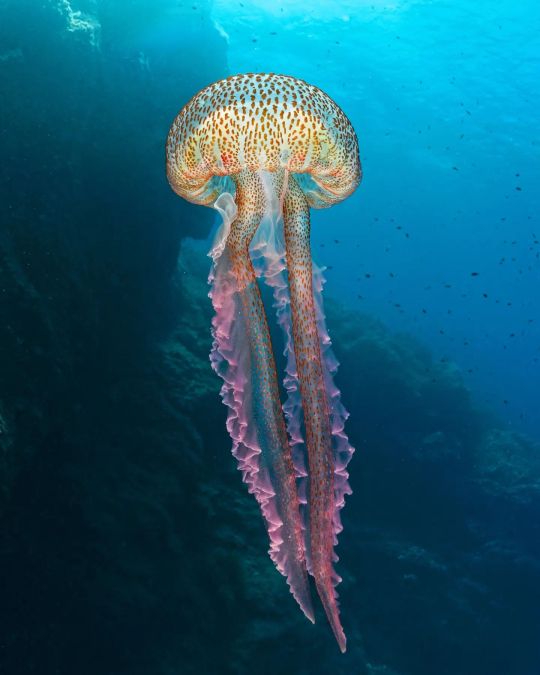
" Mauve Stinger " //© Roland Bach
#Menorca#Balearic Islands#Spain#nature#Underwater Photography#Wildlife#Marine Life#Jellyfish#photography#aesthetics#wanderlust#explore#follow#discover
199 notes
·
View notes
Text
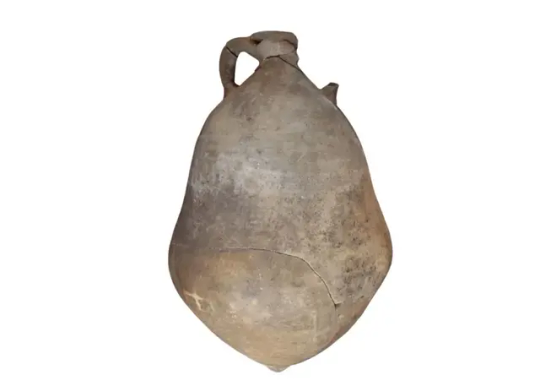
New Type of Amphora Found in 4th-Century Roman Shipwreck
A new study, featured in the journal “Archaeological and Anthropological Sciences,” brings to light important discoveries on an ancient Roman shipwreck found near Mallorca, one of Spain’s Balearic Islands.
Situated only 65 meters away from a well-visited beach close to Palma, Mallorca’s capital, this shipwreck has caught the interest of many due to its preservation and interesting cargo.
A group of archaeologists and researchers conducted the study using a detailed analytical method to uncover the secrets behind the shipwreck’s origin, contents, and importance.
They used various techniques such as petrographic analysis, archaeozoology, residue analysis, and the examination of wood and plant remains to thoroughly investigate the site, according to “Archaeology” magazine.
Amphora named ‘Ses Fontanelles I’ found in the wreck
Inside the ship’s cargo area, researchers discovered a collection of ceramic objects, mainly amphorae, which were commonly used to store and move different items.
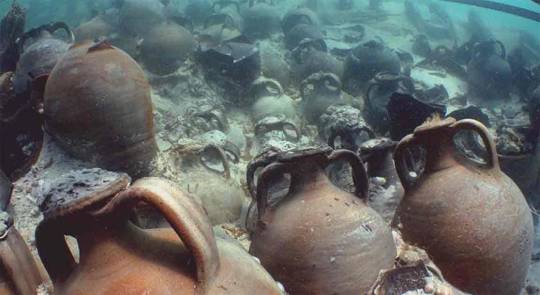
A significant discovery from the study is the recognition of a new kind of amphora, called Ses Fontanelles I, only found in this wreck. The newly identified amphora is larger and heavier than others, and it was mainly used for transporting plant oil.
The recovered amphorae from the shipwreck have painted inscriptions called tituli picti, which give important details about where the items came from, what they were, and who owned them.
These inscriptions tell us that the makers of the amphorae were Ausonius et Alunni, and they also reveal that the cargo contained fish sauce, olive oil, and wine.
During the Late Roman era, fish sauce, called liquamen flos, was a popular flavor enhancer, different from the more commonly known garum.
The analysis suggests that this fish sauce was mainly made from anchovies (Engraulis encrasicolus), with some sardines occasionally mixed in.

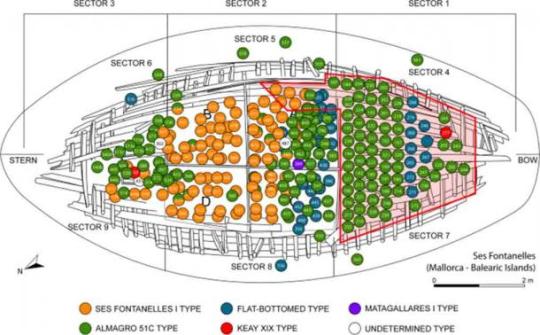
Materials used in the construction of cargo
Residue analysis of the amphorae showed signs of grape derivatives, possibly used to add flavor or preserve the contents. Additionally, traces of animal products were found, adding to the complexity of the cargo.
The materials used to build the ship’s hull were carefully examined. Pine was used for the main parts, while harder types of wood like juniper, olive, and laurel were used for assembly. Vine branches and other plants were used as filler and to protect the cargo during the voyage.
Based on the research, it’s likely that the ship set sail from the Cartagena area in southeastern Spain, traveling along the trade routes of the Western Mediterranean. This thought is supported by the petrographic analysis of the amphorae, which suggests a link to the Cartagena region.
By Abdul Moeed.
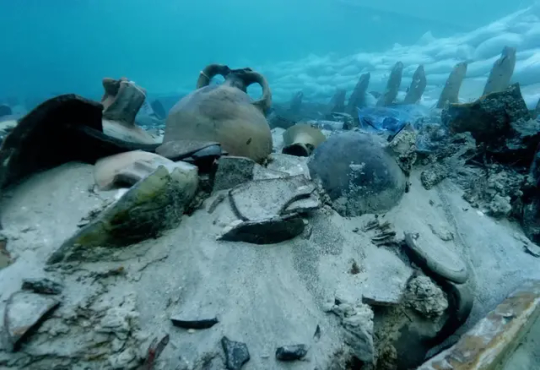
#New Type of Amphora Found in 4th-Century Roman Shipwreck#Mallorca Spain#Balearic Islands#Ses Fontanelles I#liquamen flos#garum#shipwreck#ancient artifacts#archeology#archeolgst#history#history news#ancient history#ancient culture#ancient civilizations#roman history#roman empire
14 notes
·
View notes
Text
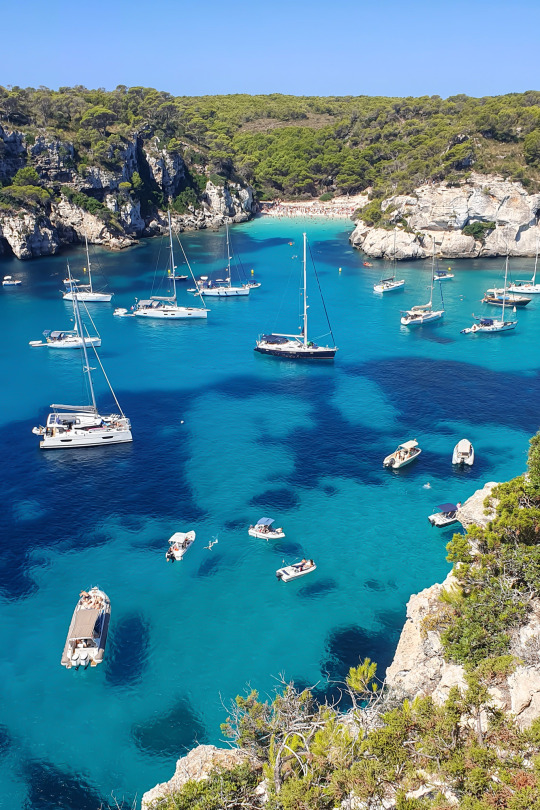
Agosto en Macarelleta
by sir20 for menorca-sir20
#original photographers#photographers on tumblr#photography#landscape#travel#sir20#menorca-sir20#menorca#españa#spain#mediterranean#mediterraneo#europe#balearicislands#balearic islands#baleares#balearic#islas baleares#islandlife#seascape#sea#cove#traveling#traveller#travels#travel photography#landscape photography#landscapes#sailboat#sailing
231 notes
·
View notes
Text
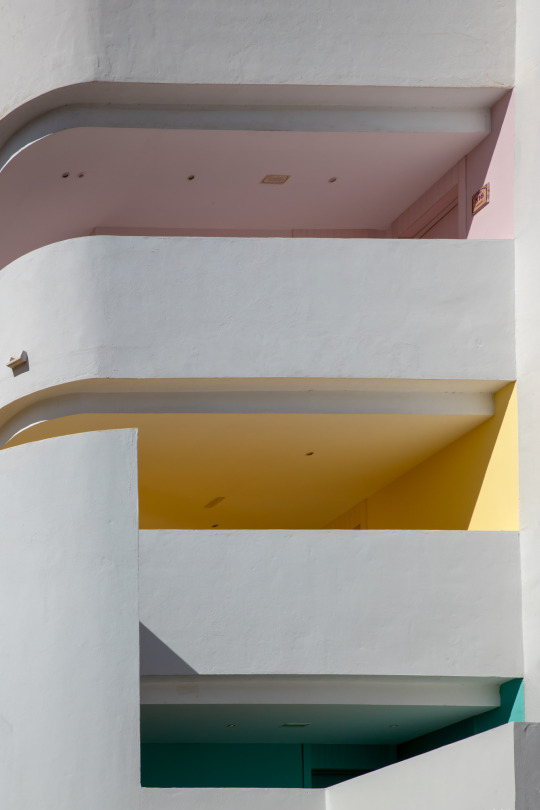
Paradiso, Ibiza by sir20
#original photographers#photographers on tumblr#photography#architecture#contemporary#sir20#ibiza#balearic#baleares#mediterraneo#mediterranean#balearic islands#españa#spain#europe#contemporary photography#fotografía#hotel paradiso#paradiso#photographie#artists on tumblr#original photography#fotografia#fotografie#hotel#luxury#urban#architectural#architecture photography#pastel
98 notes
·
View notes
Text
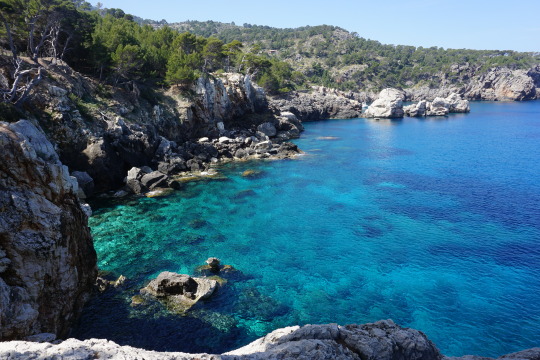
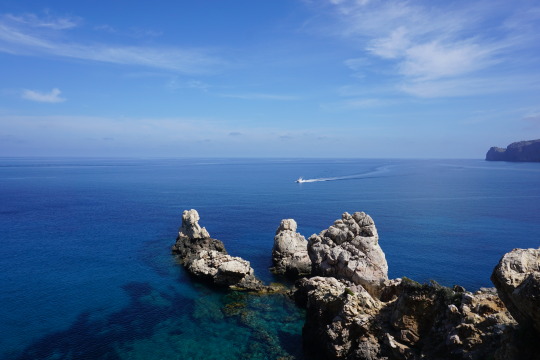
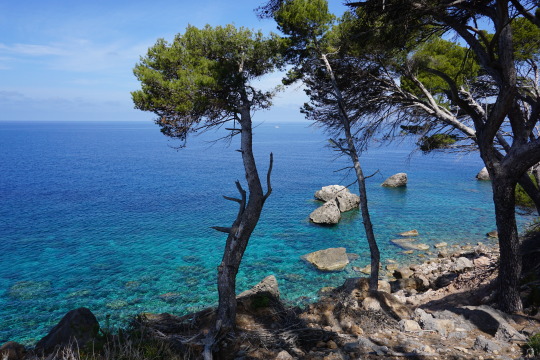
Avril 23. Côte de Deià, Mallorca.
#photographers on tumblr#original photography#lensblr#sony a6000#landscape#hiking#outdoors#spain#mallorca#seascape#ocean#blue#photoset#balearic islands#mediterranean
541 notes
·
View notes